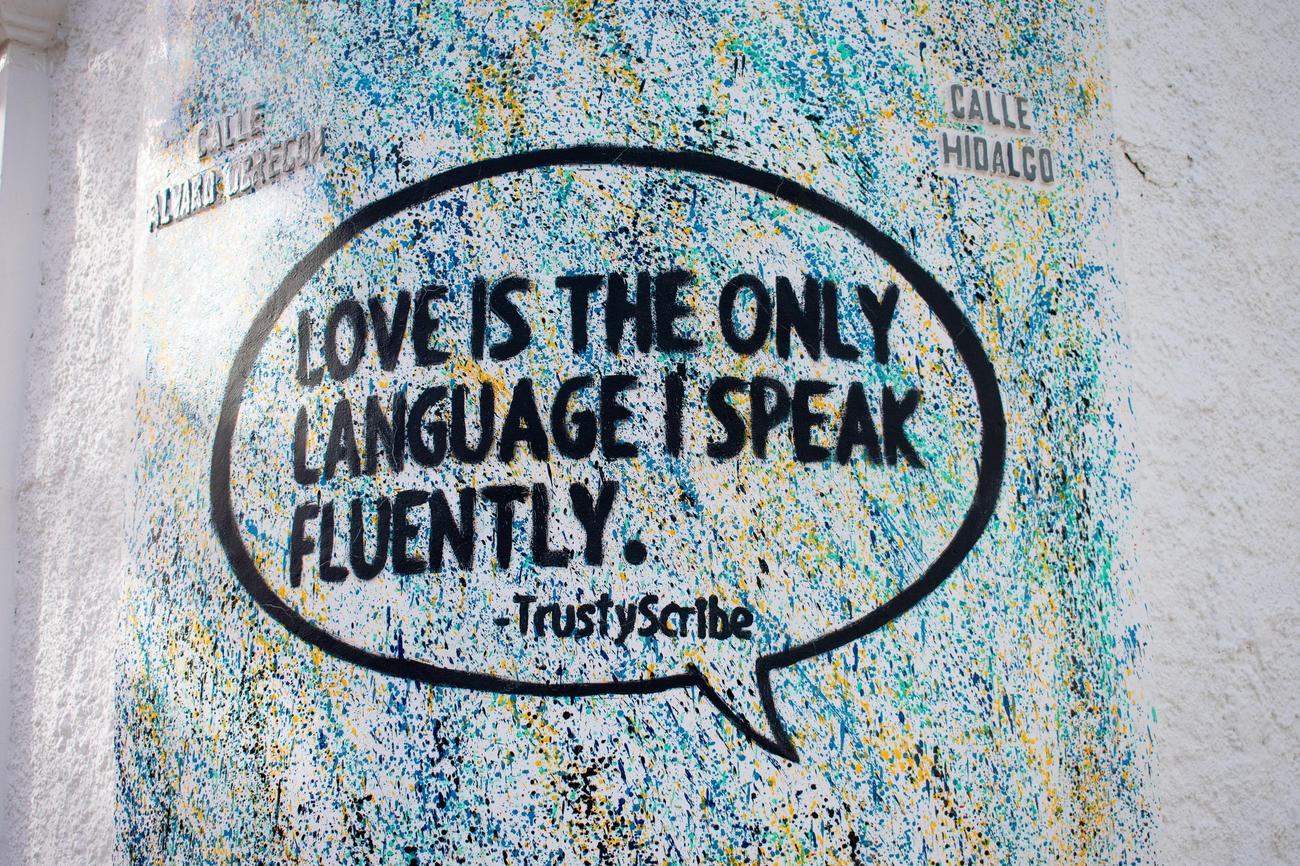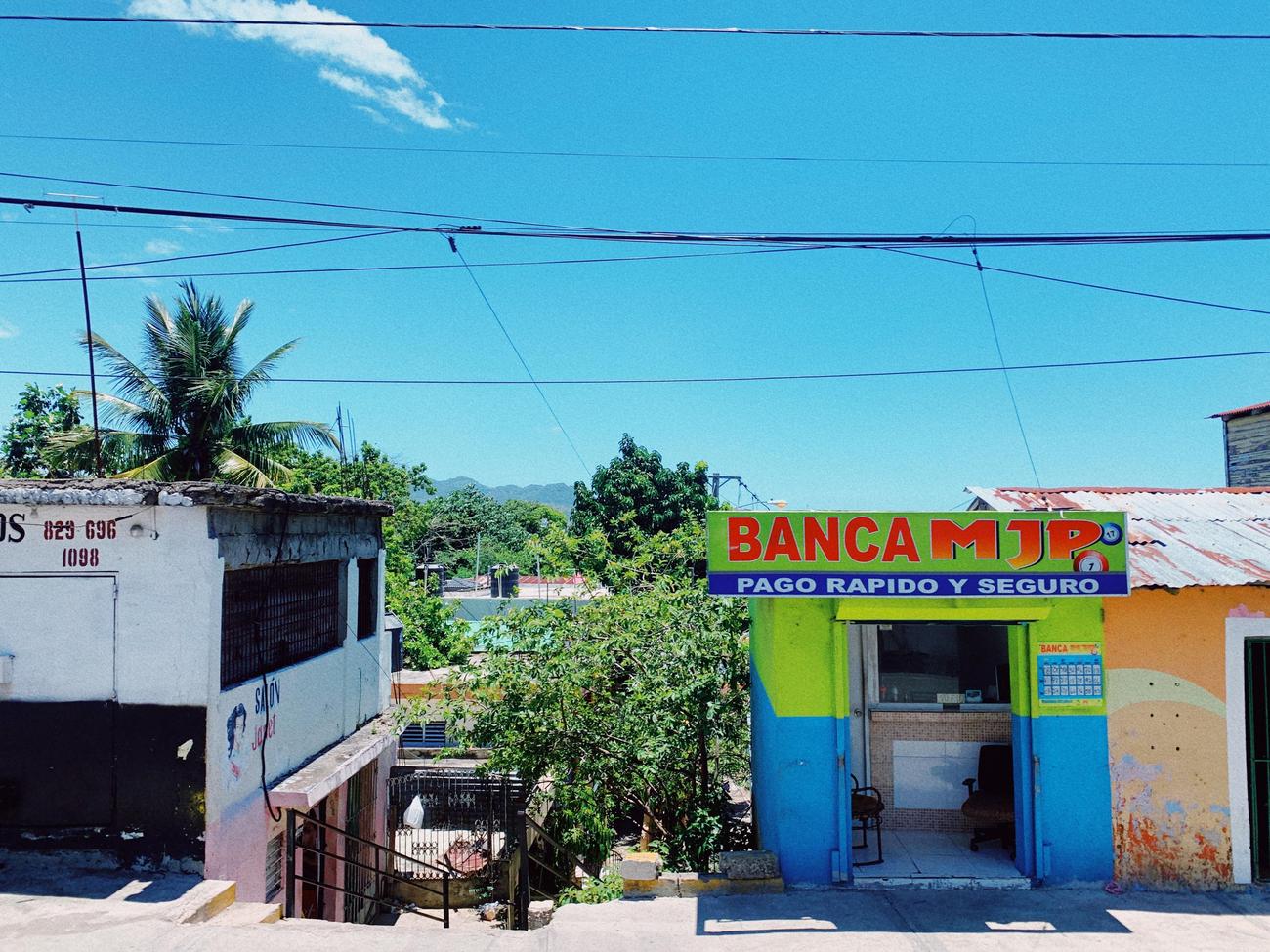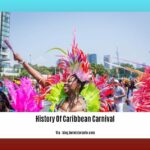Renowned for its breathtaking beaches, energetic culture, and scrumptious cuisine, the Dominican Republic presents a rich range of events for visitors. Beyond its natural beauty and energetic vibe, though, this Caribbean country is also a remarkable melting pot of language variety. From the lyrical rhythms of Spanish to the vestiges of African and indigenous languages, the linguistic fabric of the Dominican Republic is as varied and fascinating as its tropical settings.
We will explore the rich history, distinctive language characteristics, and importance of communication in the Dominican Republic in this essay, thereby delving into the fascinating universe of language in this energetic country. Come along as we untangle the many strands of the Dominican Republic’s language.

What Language Do They Speak in the Dominican Republic?
Language is quite important in forming the rich culture of the Dominican Republic in the vivid tapestry it presents. You will soon discover from your first footfall in this Caribbean paradise that Spanish is the national language. Nearly every person living in the nation speaks this lovely romance language, which spans the island. However, the interesting mix of elements that have molded the dialect of the Dominican Republic distinguishes the Spanish spoken there especially.
The most often used dialect in the nation, Dominican Spanish shows a rich blending of languages and cultures. On this linguistic tapestry, African, US English, and indigenous Taino and African verbalisms have all left their traces. Therefore, when you hear Dominicans speaking Spanish, you will notice particular subtleties and idioms unique to their background.
Spanish takes the stage in classrooms as the main language of instruction. This is the language that promotes unity and understanding among Dominicans from many backgrounds. Speaking Spanish as their first tongue, almost 85% of the population indicates the great relevance of this language in daily life. That marks the end of the linguistic diversity of the Dominican Republic, nevertheless.
There are rather many Dominicans in the tourist zones who speak either English or another tongue. Those in the travel business generally speak English, French, and German to let guests feel at ease and at home. So, chances are you will be able to converse in your own tongue should you ever find yourself in a resort or touring the busy streets of Santo Domingo.
Still, it’s not the end. Samana English is a distinctive dialect spoken in the northeastern region of the nation. This linguistic enclave is evidence of the way the Dominican Republic blends languages and cultures. Seeing languages evolve and adapt in different areas highlights the island’s rich past and linkages to many diverse populations.
Not to overlook the impact of Haiti, our neighboring nation. A minority of people in some areas, especially along the border, speak Haitian Creole. This lovely language reminds us of the close relations between the Dominican Republic and Haiti as well as their common past that has molded both countries.
To then address the burning question, “What language do they speak in the Dominican Republic?” The obvious response is Spanish. Connecting Dominicans and guests equally, it is the heart and soul of communication. But you will also find a vibrant mix of English, French, German, Samana English, and Haitian Creole spoken in various pockets inside this Spanish-speaking country, therefore adding richness and variety to the linguistic experience.
Spend some time really absorbing the language and culture as you travel the Dominican Republic. Pay close attention for the unique expressions, find out from residents about their language experiences, and appreciate the beauty of linguistic variety. Recall that language is a portal to grasp the rich fabric of a nation’s history and identity, not only a tool of communication. Enter the interesting realm of language in the Dominican Republic and discover the secrets words carry.
Rich in history and intriguing narratives, the Dominican Republic is Look no further if you want some intriguing information about this Caribbean treasure. Three fascinating facts about the Dominican Republic have been compiled here that would surely spark your attention. This nation offers everything from its vivid cultural legacy to its amazing natural settings. So grab your passport and travel virtually with us to investigate these fascinating nuggets. See these three fascinating details on the Dominican Republic.
here!
Spanish is spoken in various countries, including the Dominican Republic and Puerto Rico. However, the way Spanish is spoken in these two countries differs. In this video titled “How To Talk Spanish With a DOMINICAN ACCENT,” the speaker, Rocky from speakspanishfaster.com, discusses the unique aspects of Dominican Spanish and compares it to Puerto Rican Spanish.
[youtube v=”yfN44DRm-3A”]
Rocky begins by noting that his experience living in Santiago, Dominican Republic, and having Dominican cousins through his aunt’s marriage shapes his knowledge base. He says he automatically adjusts his Spanish based on the people he meets with, sounding more Dominican when speaking to Dominicans and more Puerto Rican when speaking to Puerto Ricans. He is Puerto Rican.
Rocky claims that Dominican Spanish has a unique flow and is marked as being fast-paced and laden with slang. He even likens it to Puerto Rican Spanish, saying Dominican Spanish is maybe the fastest language used worldwide. He acknowledges that he first found it difficult to understand the speed at which Dominicans spoke when he first went to the Republic. Still, he quickly adjusted and today enjoys the vibrant and floral quality of Dominican Spanish.
Rocky talks with his cousin Marlene, who resides in the Dominican Republic right now, in order to give a more real experience. He counsels listeners to close their eyes and focus on the way words are spoken and their usage follows trends. This method clarifies Caribbean Spanish styles including the variances from Dominican, Puerto Rican, and Cuban backgrounds.
Rocky and Marlene show some typical traits of Caribbean Spanish over the chat. For queries especially, they put the pronouns before the verb. In neutral Spanish, Rocky notes, one would say “¿Dónde has estado?” (Where have you been?) Saying “Dónde tú has estado” (Where have you been?) in Caribbean Spanish. Learners who pay close attention to such patterns will be able to more easily grasp and replicate the flow of Caribbean Spanish.
Rocky also notes that his own Spanish on his YouTube channel differs somewhat from his daily chats. He speaks more neutrally and gently on his channel to accommodate students of all abilities. But when talking with friends and relatives, he speaks more naturally and quickly—just like Dominicans and Puerto Ricans would.
Rocky listens to Marlene’s speech throughout the video, noting particular words and phrases that can provide challenges for students. Among examples are “diace” (dang), the absence of the D sound, and the distinctive way some words—like “hablal”—are spoken. He underlines that eventually knowing these variants and seeing them often can help one understand and improve their capacity to speak Spanish in a way matched with the intended accent or style.
Rocky thinks that learning the kind of Spanish that students want to use is absolutely essential. Learners can assimilate the subtleties, vocabulary, and flow of that particular form of Spanish by devoting themselves to real materials and routinely listening to native speakers from certain areas. Their own output will surely change depending on this immersion when they begin to speak.
Finally, the video clarifies Dominican Spanish as opposed to Puerto Rican Spanish. By means of the interactions between Rocky and Marlene, listeners receive a taste of the distinctive qualities and flow of Dominican Spanish. Learners can enhance their Spanish understanding and choose a preferred accent or style by focusing on the patterns in speech and consuming real materials.

FAQ
The official language of the Dominican Republic is what?
The Dominican Republic’s official tongue is Spanish.
Q: Is the nation generally speaking Spanish rather widely?
A: Nearly every person living in the Dominican Republic speaks Spanish.
Which dialect of Spanish is most often used in the Dominican Republic?
A most spoken dialect in the nation is Dominican Spanish.
Q: Exist variances in Spanish depending on where you live?
A: Indeed, Spanish varies depending on where one resides in the Dominican Republic.
What factors shape the Dominican Republic’s Spanish dialect?
A: Taino and African verbalisms as well as African, US English have shaped the Spanish dialect used in the Dominican Republic.
q
- Georgia Platform: A Southern Strategy, 1850s - March 31, 2025
- How many weeks is 40 days: Quick Conversion Guide for Accurate Results - March 31, 2025
- How many feet is 300 meters? 984 Feet: Understand Length Conversions Easily - March 31, 2025
















